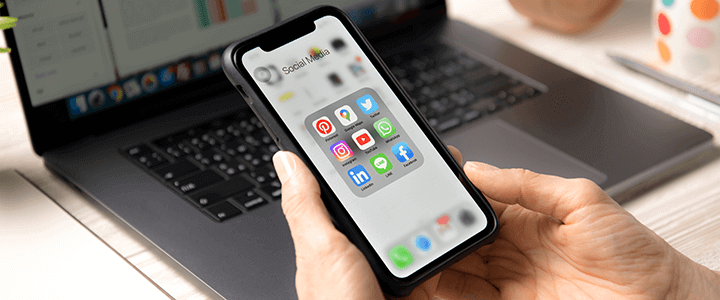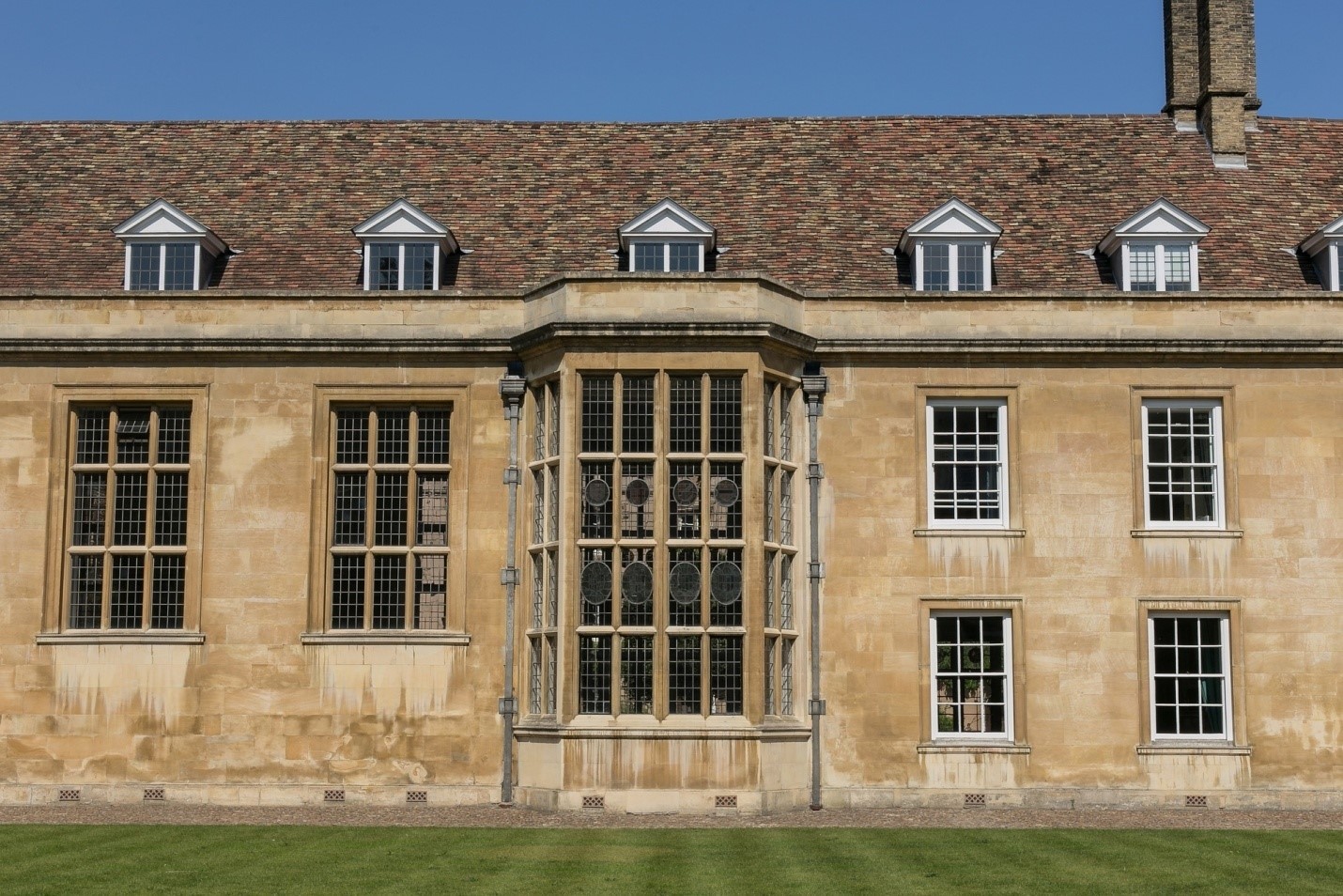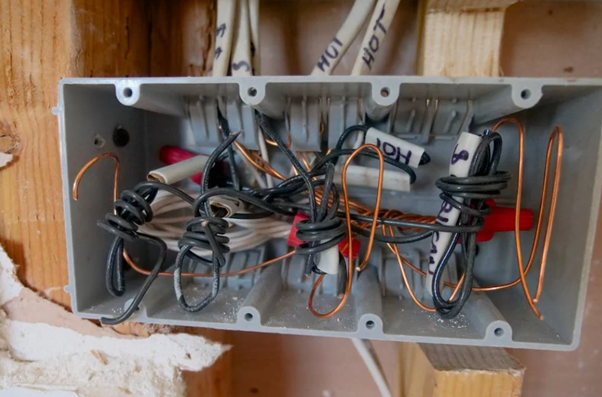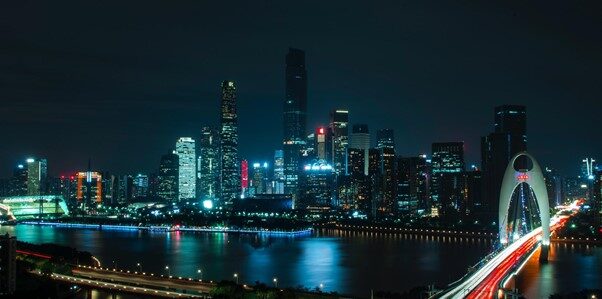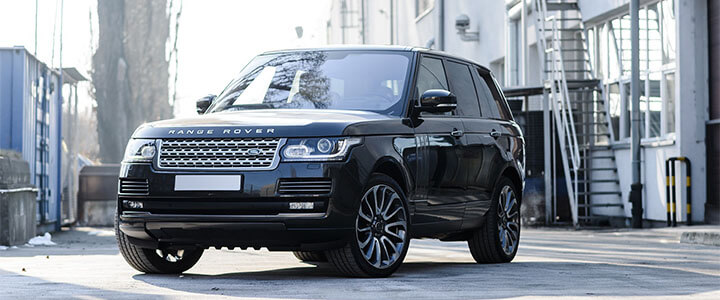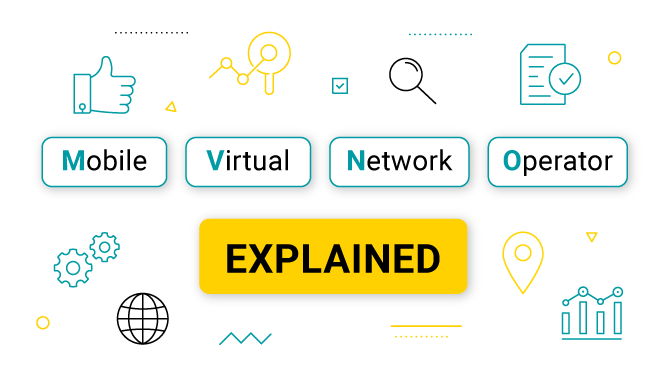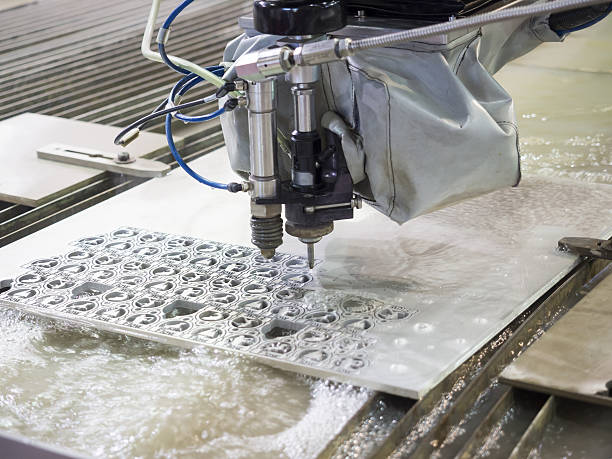The different types of people counters
People counters have come a long way in the past several years since turnstiles were first installed at an entrance to a theme park or large retail store. As they continue to gain more intelligence, people counting technology will be able to help cities, businesses and especially retailers across the UK further optimize floor space, understand peak flow times and improve occupancy control, among other things like employee scheduling and even theft detection.
Nowadays, people counters are still very prevalent in numerous types of industries and places around the world – sports arenas, transportation hubs, casinos, shops, airports and schools. Even advertisers utilize them for marketing purposes to identify target audiences and see whether or not their ads are doing their job.
It just goes to show how important footfall analysis is. More recently, when considering the impact COVID-19 has regarding social distancing policies and the management of visitors, this technology is such a vital tool in showing the rise and fall of traffic. For example, retail locations (including high streets, shopping centers and retail parks) across the UK saw a sharp decline of footfall traffic 89.9% in April, 2020.
So what are the different types of people counting technology out there today? Let’s find out!
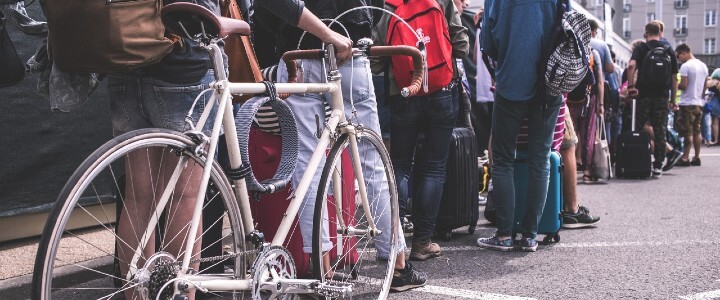
1. Mono people counters
These people counting technologies are used to count people in one direction, typically those entering or leaving a store or facility. They are fixed, circular systems that use one lense, making it more cost-effective. However it is limited by how much data it can display, meaning it’s accuracy is not as efficient as other people counter software and better for smaller areas with low traffic.
2. Time of flight people counting technology
Time of flight people counting technology is different from others because it goes beyond just tracking individuals. They produce a complete picture of traffic patterns when it comes to monitoring large groups of people by emitting short infrared pulses of light. The device then records the reflection of infrared that bounces from an object back to the sensor. This allows it to cover a wider area and accurately capture data quickly.
3. GPS
GPS provides retail managers, business owners and other establishments with real-time footfall data about people’s physical location by combining information from GDPR compliant mobile apps and artificial intelligence.This next generation technology not only tracks visitor frequency, but also people’s journey from home to a store or facility, how long they spent inside the specific location, what products did they purchase after visiting, etc.
4. WiFi people counts
WiFi people counters is one of the more common types of people counting technology. It uses WAP’s (Wireless Access Points) to receive signals from smartphones to determine how many enabled devices are within a specific area. The only drawback is that not many will have their Wi-Fi turned on, and therefore is not always a true measurement of all traffic.
Thus, these 4 types of people counting technologies all collect different types of footfall data, but they can complement each other if used properly when it comes to successfully increasing operational efficiency and conversion rates overall.


